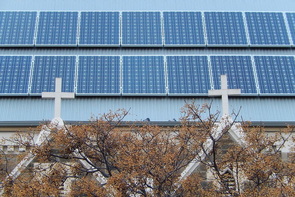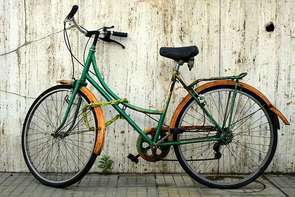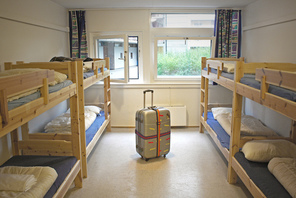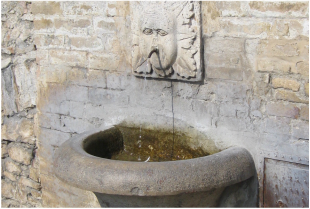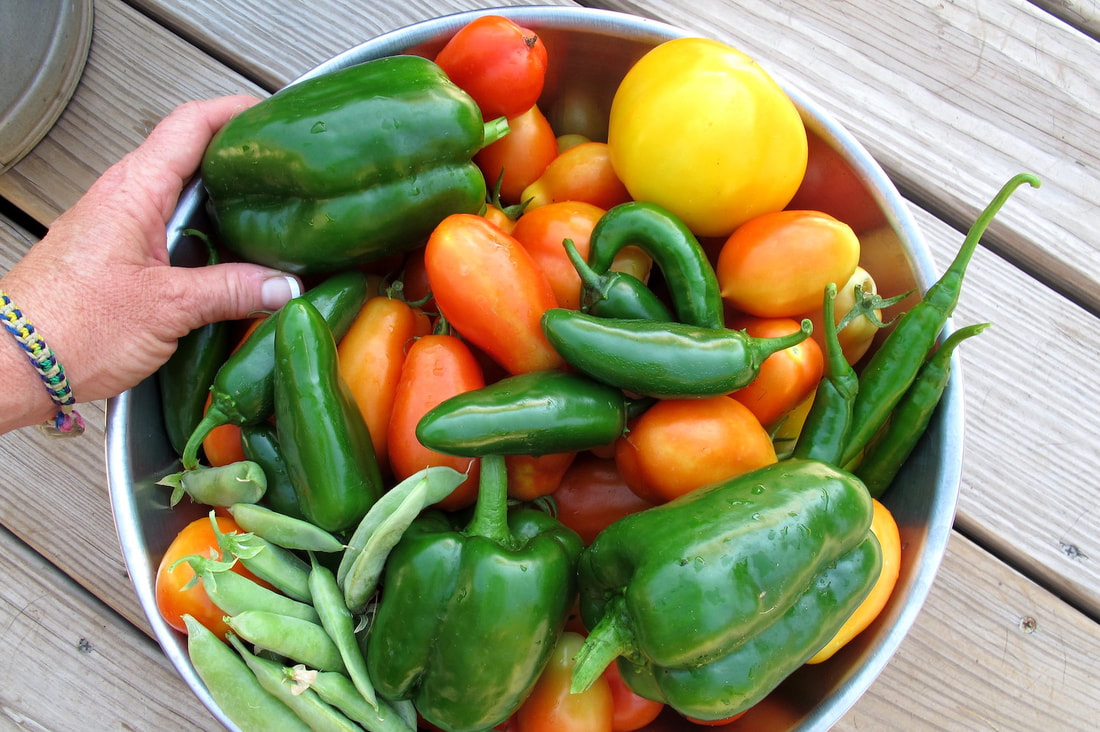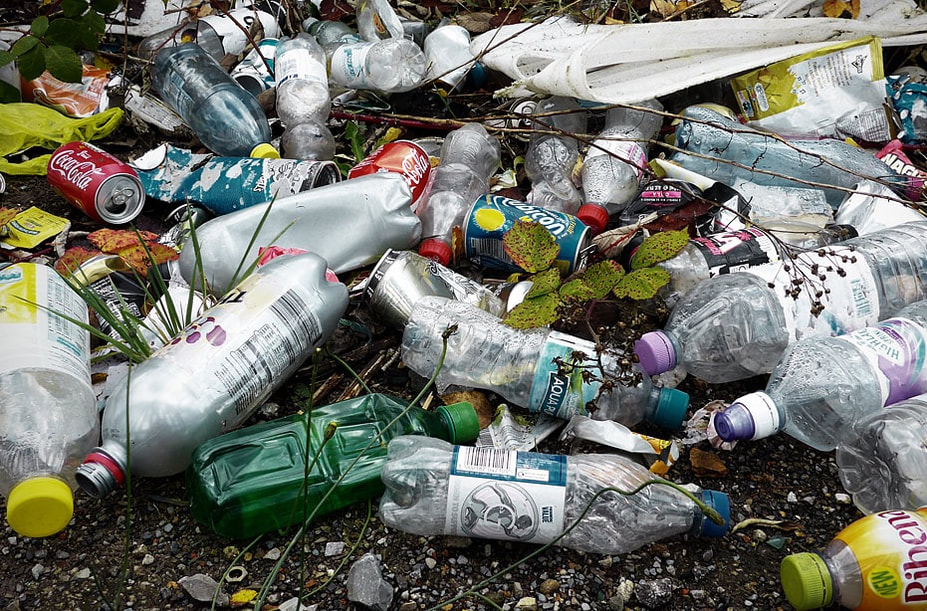EUROPEAN GREEN PILGRIMAGE NETWORK
Greening pilgrimage cities or placesReceiving, accommodating, feeding and clearing up after millions of pilgrims is a significant undertaking for sacred sites. As it becomes easier to visit pilgrim sites, the carbon emissions generated by the world's 300 million pilgrims each year is considerable.
That's why the members of the European Green Pilgrimage Network believe that protecting the environment and reducing the impact of pilgrimage is an essential expression of their faith. It is also an opportunity to inspire pilgrims to consider caring for the environment as a faith duty – and to take this perspective back with them to their home countries. This page offers a guide to some of the key areas to consider when greening your pilgrimage city, place or pathway. Many more ideas are found in the Green Pilgrimage Network handbook developed by Alliance of Religions and Conservation for the Green Pilgrimage Network. |
'As we commue with nature, we must |
Key areas for greening to consider
Buildings |
Transport |
Accommodation |
|
Faiths and municipalities often own many buildings in pilgrim cities and along pilgrim routes. Much of the carbon footprint generated by buildings is caused by heating, lighting and cooling them.
What you can do
|
Transport causes 75% of carbon emissions contributed by tourism, including pilgrimage, according to the UN World Tourism Organisation. This is why it should be a major focus of greening initiatives.
What you can do
|
Accommodation accounts for around 20% of carbon emissions generated by tourism (including pilgrimage). Work with hostels and hotels to ensure the accommodation is as environmentally friendly as possible.
What you can do
|
Water resourcesNot only is water vital for drinking, washing, flushing and preparing meals, but it is considered sacred by many faith traditions. Yet in too many holy sites around the world, water provision is either inadequate or is in fact polluted.
What you can do
|
Greening foodFaiths run cafes, restaurants, hostels and retreat centres, and food is a core part of faith celebrations. Up to 30% of our carbon footprint comes from food; choosing planet-friendly food protects the environment and local economy.
What you can do
|
Land, biodiversity & wild placesThe faiths own or manage 7% of the planet's habitable land surface and more than 5% of the world’s forests. They can be leaders in working out how to protect the land and its species in better and more compassionate ways.
What you can do
|
Greening faith celebrationsFaith festivals are times of great celebration and an opportunity to bring the community together, but they can also create a lot of waste. If faith groups start changing their own festivals, others will follow.
What you can do
|
Waste managementHosting millions of pilgrims inevitably results in waste problems. Minimising rubbish, recycling and managing wast, is essential for pilgrim places, both to protect holy sites and to reduce the impact on the environment.
What you can do
|
Wisdom, education and awarenessAll faiths have traditional teachings about nature, some of which may have been forgotten. Many also have traditions of simple living that can inspire people to tread more lightly on the earth.
What you can do
|
With thanks to Creative Commons photographers. Photo credits: from top, left to right: St Francis of Assisi by the Catholic Church in England and Wales; Solar power: Michael Cochlan; bicycle by Esteban Chiner; Hostel bedroom by Oriol Salvador; Assisi water fountain by Susie Weldon; Vegetables by Oakley Originals; Butterfly by Conal Gallagher; Incense sticks by Meena Kadri;
Rubbish by Andrew Gustar; Prayer by Essem Saad.
Rubbish by Andrew Gustar; Prayer by Essem Saad.
